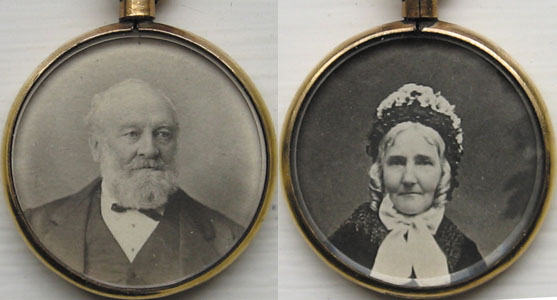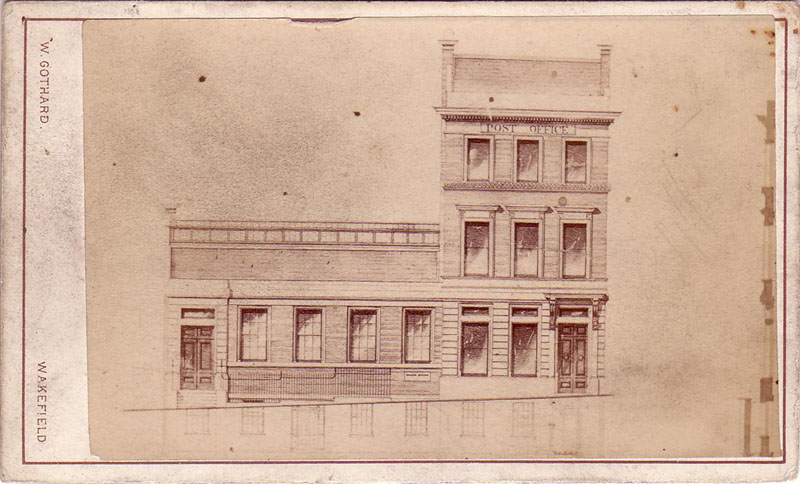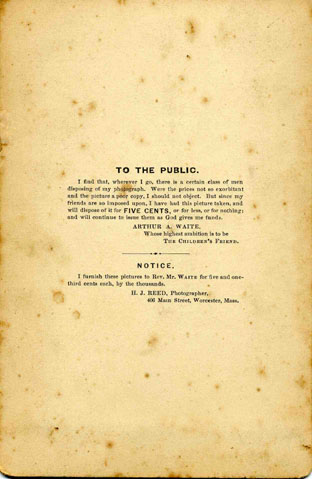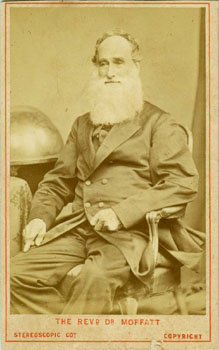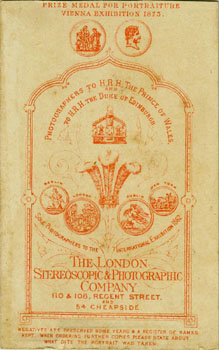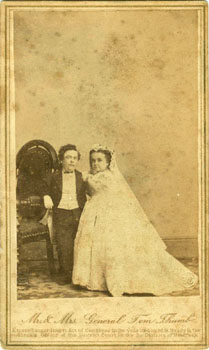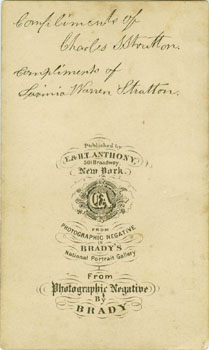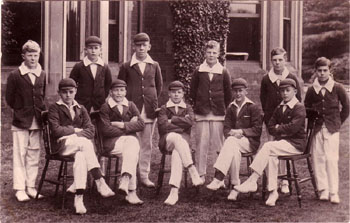I recently received an email from a reader in Australia with an interesting enquiry. She sent me images of two different photographs. The first of these had been clearly identified as being a known family member and immigrant who arrived in Australia in early 1842, aged about 23 years old, the photo being taken some time later.

The second image, shown below, is of more uncertain origin and identity.

The suggestion had been that the man in the second photo was the same person as that shown in the first, photographed with his wife. However, there was some disagreement in the family as to whether this was a correct identification of the couple in the second image. My correspondent merely wanted my opinion on whether the two photos could be of the same person.
First, I looked at the age of the images. I believe that both photographs were probably originally taken in the 1870s. The lack of studio details and paucity of furniture, as well as the indistinctness of the woman's clothing, makes them difficult to date with any further accuracy. However, from the similarity of the poses and the mens' clothing, I believe that they could have been taken at around the same time.
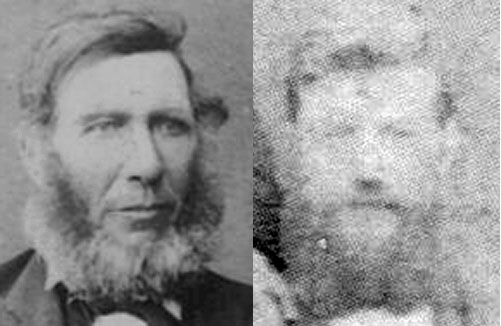
The face of the man in the second photo is unfortunately very faded. I've tried some digital editing and have attached a composite image showing the faces of both men. While they are both bearded and have roughly similar hair styles, I don't believe they are likely to be the same person. Note, in particular, the vertical distance between the bottom of the nose and the top of the upper lip. I would estimate the age of the first man as around 50 to 55. The second man appears to me to be somewhat younger - perhaps in his late 30s or early 40s - although I can't be sure of this, and he could be as young as late 20s or early 30s. Also it appears that their eyes and nose are a rather different shape.
The woman's pose, with her hand resting on the seated man's shoulder, would have been carefully arranged by the photographer. She doesn't look entirely comfortable, but this was often the case with studio photographs of the era. However, the pose suggests - at least to me - that she was his wife. I would estimate that she is in her mid- to late 30s, possibly suggesting a similar age for her husband, If this is correct, then both are likely to have been born c. 1830-1845, and are unlikely to have arrived in Australia as a couple in their early 20s by ship in 1842.
On the other hand the "older" man, photographed seated on his own, possibly in the early to mid-1870s, if he is as I suggest, aged 50-55, could have been born around 1820. This makes him a likely candidate for the immigrant who was about 23 when he arrived in Tasmania in March 1842 with his wife, and therefore born around 1818-1819.
I decided to do a more quanititative examination of the facial characteristics on the men in the two photos.
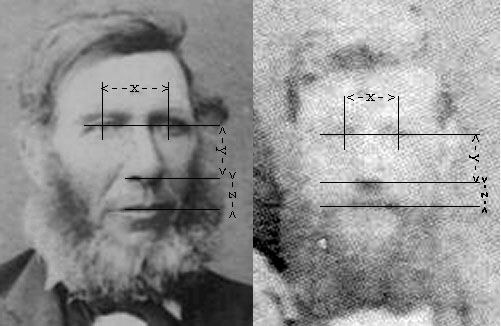
I measured three distances on the portraits as follows:
- distance between the eyes (x)
- vertical distance between the line through both eyes and the tip of the nose (y)
- vertical distance between the tip of the nose and the centre of the mouth (z)
and then compared the two using the following ratios:
- x/y (distance from eyes to nose divided by distance between eyes)
- z/y (distance from mouth to nose divided by distance from eyes to nose)
If one arbitrarily takes the y distance as standard, then it is possible to equate the values of two ratios as a visual expression of the distance between the eyes (x/y) and the height of the upper lip (z/y)
The ratios were as follows:
Single portrait:
x/y = 0.741 & z/y = 0.615
Couple portrait:
x/y = 0.739 & z/y = 0.500
A simple comparison of the ratios shows clearly that, in relation to the distance between eyes and nose, the two mens' eyes are practically the same distance apart, but the man in the double portrait does indeed have a much narrower upper lip (ratio of 0.500 compared with 0.615).
The figures bear out my visual analysis, and I feel even more confident that the two men in the photos are not the same person.























